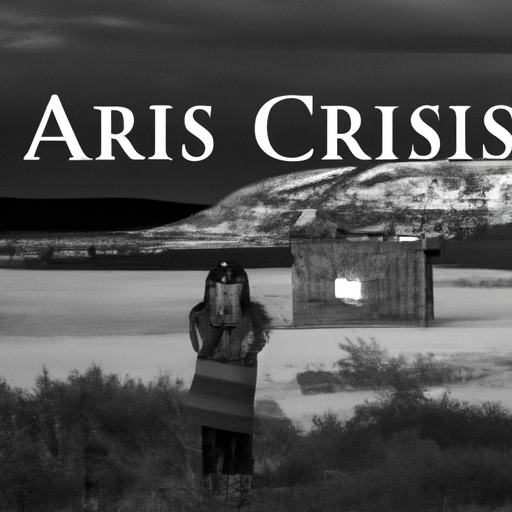The Unseen Victims of Alberta’s Opioid Crisis: First Nations Communities
Over the past few years, the opioid crisis has been declared an epidemic by Canada’s health officials. Today, we’re taking a closer look at a recent article from CBC News, which reflects on the disturbing scale of this crisis within Alberta’s First Nations communities.
The Disproportionate Impact of Canada’s Opioid Crisis
In the CBC’s article, the alarming statistics reveal that Indigenous people are dying from opioid overdose at a distressingly high rate. This rate is three times more than the non-Indigenous population. It’s a bleak backdrop to a crisis that has affected not just urban centres but also rural and remote communities across Canada.
This opioid crisis has already caused unprecedented levels of homelessness, spiking crime rates, and a general strain on healthcare resources. Several antidotes like naloxone have become invaluable toolkits for first responders, but these are mere stopgap measures against a deep-rooted issue.
Key Points from the Article:
- The rate of opioid overdose deaths among First Nations Albertans is three times higher than the non-Indigenous population. This disproportionality highlights the need for targeted interventions and support services.
- The data represents only the reported cases. The actual figures could be even higher due to the underreporting of deaths in First Nations communities.
- The social determinants of health in Indigenous communities like poverty, unemployment, lack of education, and access to healthcare contribute to the staggering numbers. Tackling the opioid crisis implies addressing these underlying issues.
- First Nations health organizations are focused on creating culturally tailored treatment programs. This approach includes traditional healing methods alongside mainstream methods like counselling and naloxone kits.
Addressing the Challenges
The uniquely complex nature of the opioid crisis within Alberta’s Indigenous communities needs a multifaceted solution. It’s an issue intrinsically tied to systemic issues that include a history of colonial policies, generational trauma, and ongoing socio-economic inequality. It’s clear that solving the opioid crisis in these communities requires much more than a standard approach.
Efforts to combat this crisis have been cautiously optimistic, however. The Alberta government has pledged over $12 million to First Nations and Métis organizations to expand treatment and crisis centers. There is even a federal opioid class action lawsuit that has taken aim at the pharmaceutical companies that may bear responsibility for sparking this crisis in the first place.
Another crucial part of this response is the focus on cultural appropriateness in interventions, from the incorporation of traditional healing in treatment programs to the training of Indigenous community members to administer naloxone— a potentially life-saving medication that can rapidly reverse opioid overdose.
Conclusion?
This battle against the opioid crisis in Alberta’s First Nations communities is far from over. It is essential not to sidestep the fact that this crisis, like many before it, is deeply rooted in socio-economic determinants and systemic racism. Moving forward, intensive and inclusive solutions are required.
By confronting these realities and seeking innovative, culturally sensitive solutions, Canada can help ensure that First Nations communities receive the targeted support they need in this ongoing fight against the opioid crisis. Indeed, by looking at the bigger picture and taking concerted actions for change, we can move closer to a future where no community is disproportionately affected by such a devastating epidemic.


